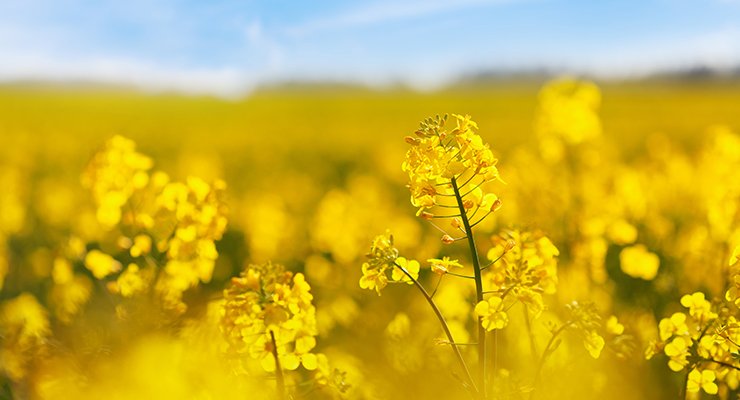Antifungal action

Sonia Rippa, a research engineer at UTC, is responsible for the ‘Biocontrol and Neophytosanitary’ course in the Biotechnology of Natural Resources Master’s degree. In the Enzyme and Cellular Engineering (UTC-GEC) laboratory, she works in particular on rapeseed.
Rapeseed is grown in France on more than 1.5 million hectares, or 5% of the French agricultural area, making it a major crop. As Europe’s leading oilseed crop, it can be contaminated by sclerotinia, the dominant disease, from the start of flowering and throughout the flowering period.
One of the areas of research focuses on the antifungal action of rhamnolipids and fengycins, natural molecules produced by bacteria.
Two PhD theses are currently underway on this subject. The aim of his research? “Both rhamnolipids and fengycins have properties that stimulate plant defences, as well as direct antifungal properties. With this work, we’re trying to understand the mechanism that makes a particular fungus more sensitive to one or other of these molecules, and why”, she says.
Which plant pathogenic fungi are we studying? “They are sclerotinia, the dominant disease of oilseed rape known as white rot, and botrytis, or grey rot. These are two fungi belonging to the same family, but we’re realising that what works on one doesn’t work on the other. So we can only propose effective solutions if we understand why”, she explains.




